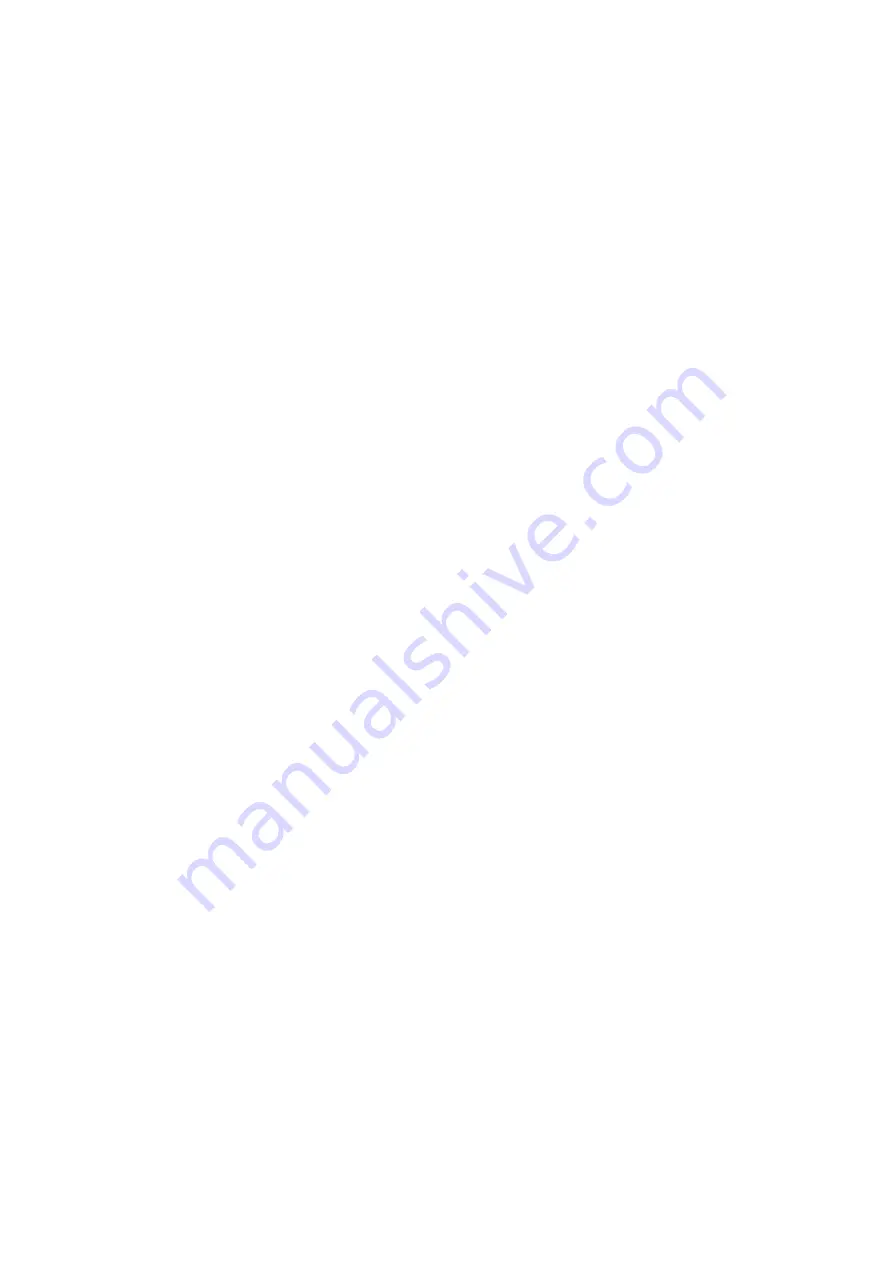
3
which is highly resistant to impacts, abrasions,
ultraviolet rays and chemical agents.
Incorporating silicone membranes and valve
seat with internal component parts in chrome
plated brass and stainless steel. The mouth-
piece is manufactured from medical grade sili-
cone rubber.
The second stage is a "downstream" type valve
with an air flow channel exploiting a "Venturi
effect". The result is an air flow delivery which
is perfectly controlled by the diver's breathing
action. Note: a normal breathing action produ-
ces a light air flow while a higher breathing
action, (due to heavy work or deep diving),
produces a high air flow which is supported by
the Venturi effect.
This system allows for low consumption of air
by reducing air waste as it is designed to per-
fectly fit the divers air demand.
The "downstream" valve also provides maxi-
mum safety as it is also able to work in case of
1st stage overpressure, by releasing the exces-
sive pressure, and allowing the diver to
breathe.
The low pressure hose is of the standard type
(length mm 1000 - thread 3/8”).
SORIUS ADJ REGULATOR - 2nd STAGE
The main body is made from synthetic resin
which is highly resistant to impacts, abrasions,
ultraviolet rays and chemical agents.
Incorporating silicone membranes and valve
seat with internal component parts in chrome
plated brass and stainless steel. The mouth-
piece is manufactured from medical grade sili-
cone rubber.
The second stage is a "downstream" type valve
with an air flow channel exploiting a "Venturi
effect". The result is an air flow delivery which
is perfectly controlled by the diver's breathing
action. Note: a normal breathing action produ-
ces a light air flow while a higher breathing
action, (due to heavy work or deep diving),
produces a high air flow which is supported by
the Venturi effect.
This system allows for low consumption of air
by reducing air waste as it is designed to per-
fectly fit the divers air demand.
The "downstream" valve also provides maxi-
mum safety as it is also able to work in case of
1st stage overpressure, by releasing the exces-
sive pressure, and allowing the diver to
breathe.
By rotation of the external "pre dive" control
knob it is possible to adjust the "Venturi effect"
and therefore the air flow. A complete
clockwise rotation causes a higher breathing
effort (position "pre-dive"); a complete coun-
terclockwise rotation correspond to a lower
breathing (position "dive"). It is recommended
to rotate the external knob to the "pre-dive"
position to reduce the risk of uncontrolled air
discharge when the regulator is in pressure but
not in use.
WARNING
It is advisable to rotate the external knob to
the "pre-dive"position when the regulator
is not in use or during your pre-dive inter-
vals at the water surface, and to rotate the
knob to the "dive"position before you com-
mence your breathing activity and descend.
The low pressure hose is of the standard type
(length mm 760 - thread 3/8”).
BEFORE EACH DIVE
Your regulator should always be protected
while carrying it. Avoid heavy contact with
your weight belt or other sharp or heavy
objects.
To correctly connect the regulator to the tank
valve we recommend the following procedure:
- Check the O-Ring on the tank valve as it
must be in good condition. It is advisable to
always have a spare O-Ring available for
replacement purposes in the event of the fitted
O-Ring showing any signs of wear I/e cuts,
abrasions or porosity.
- Open the tank valve in order to remove
any foreign matter from the nozzle.
- Remove the dust cap from the yoke and
check the filter of your regulator.
- Place the 1st stage on the valve and firmly
tighten the yoke screw, ensuring that the posi-
tioning of the first stage allows the correct ali-
gnment of the second stage, octopus and other




























